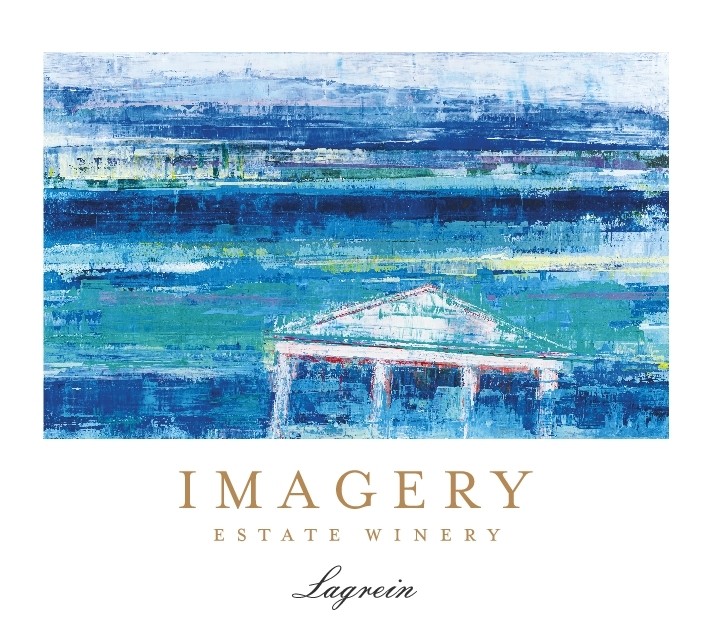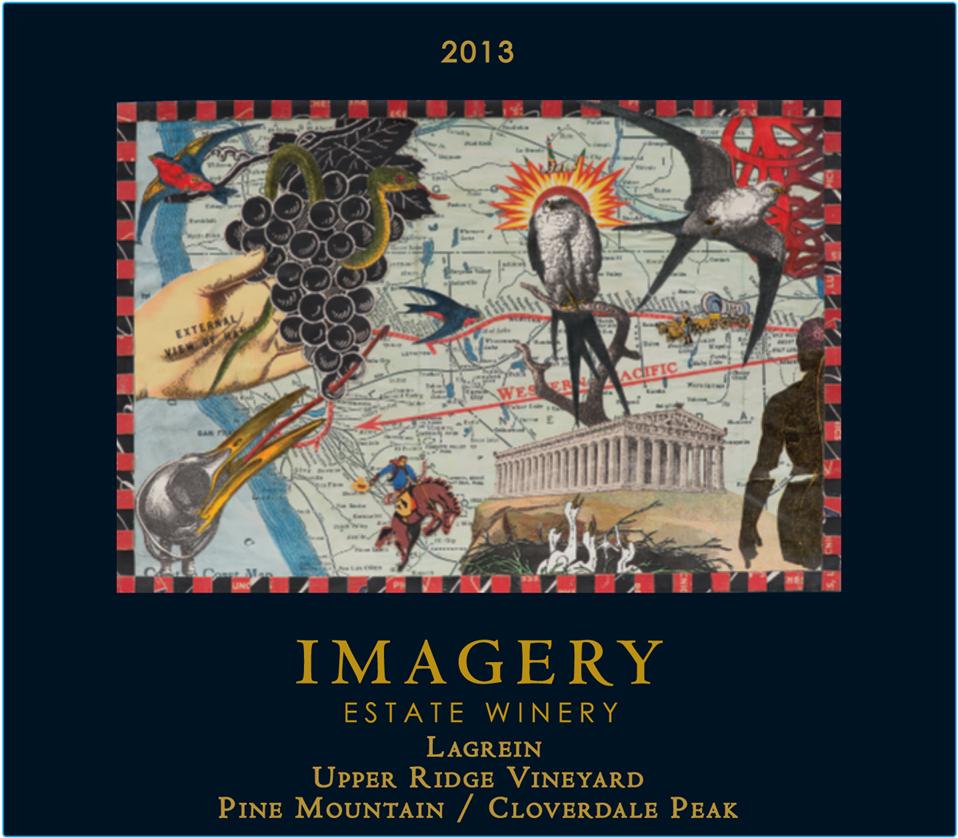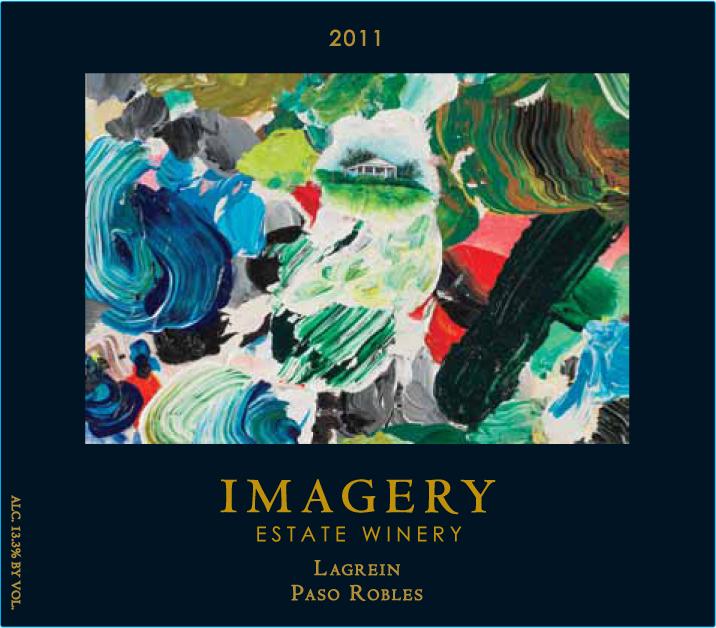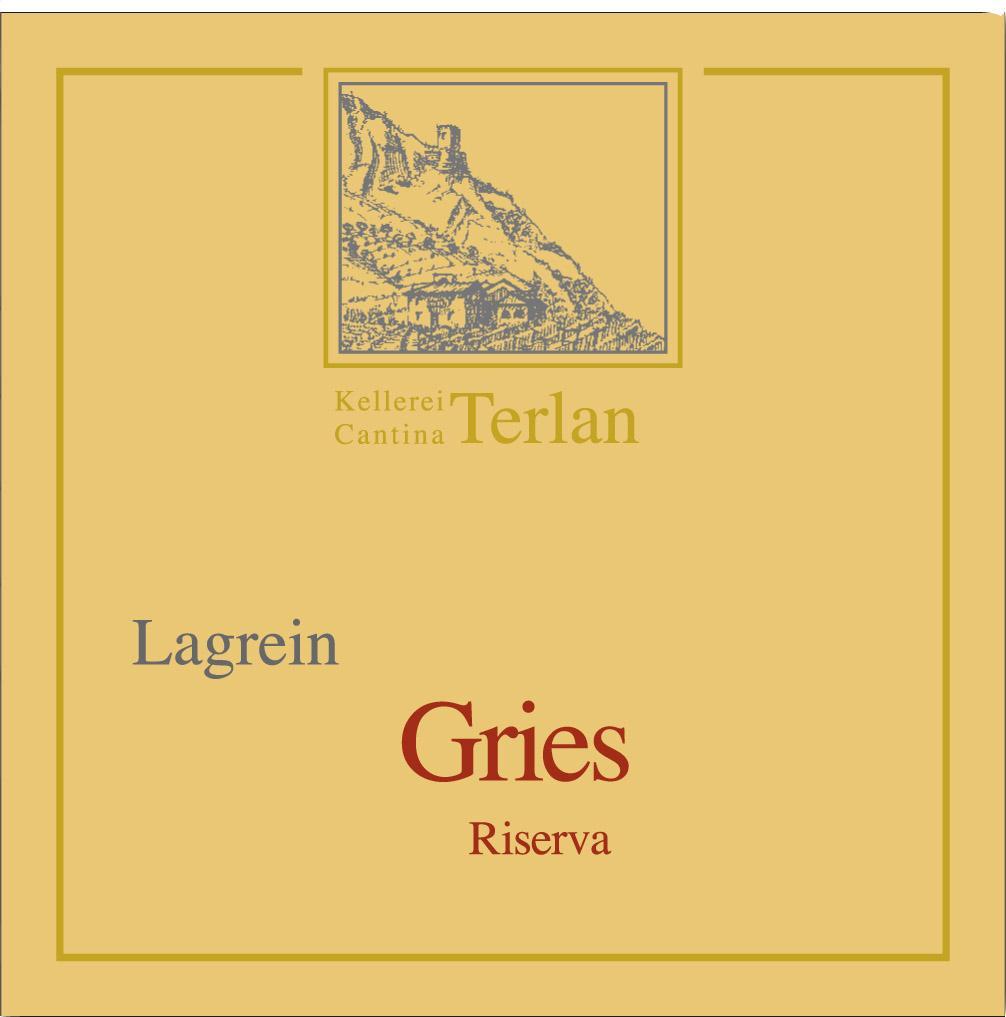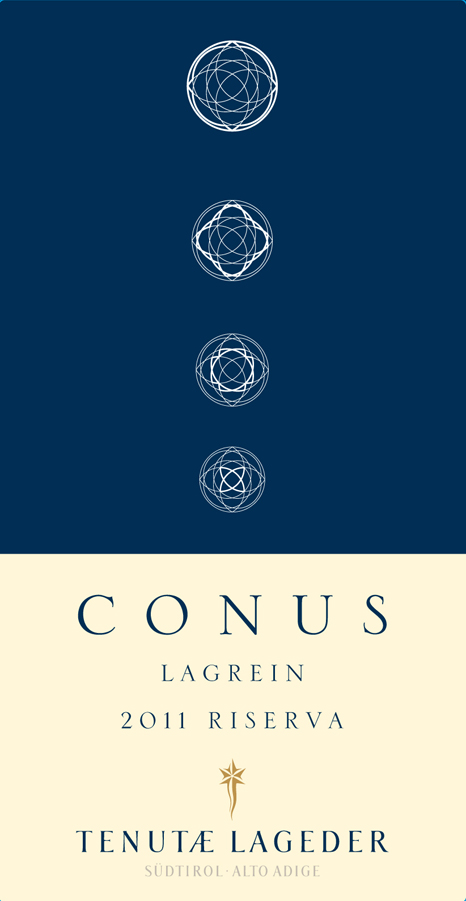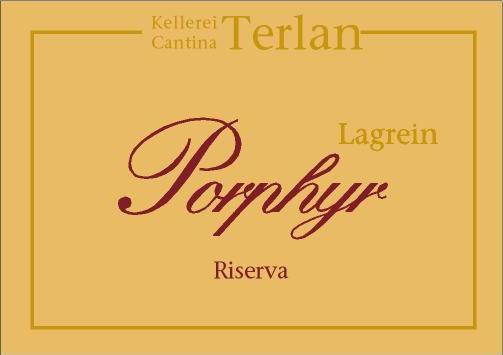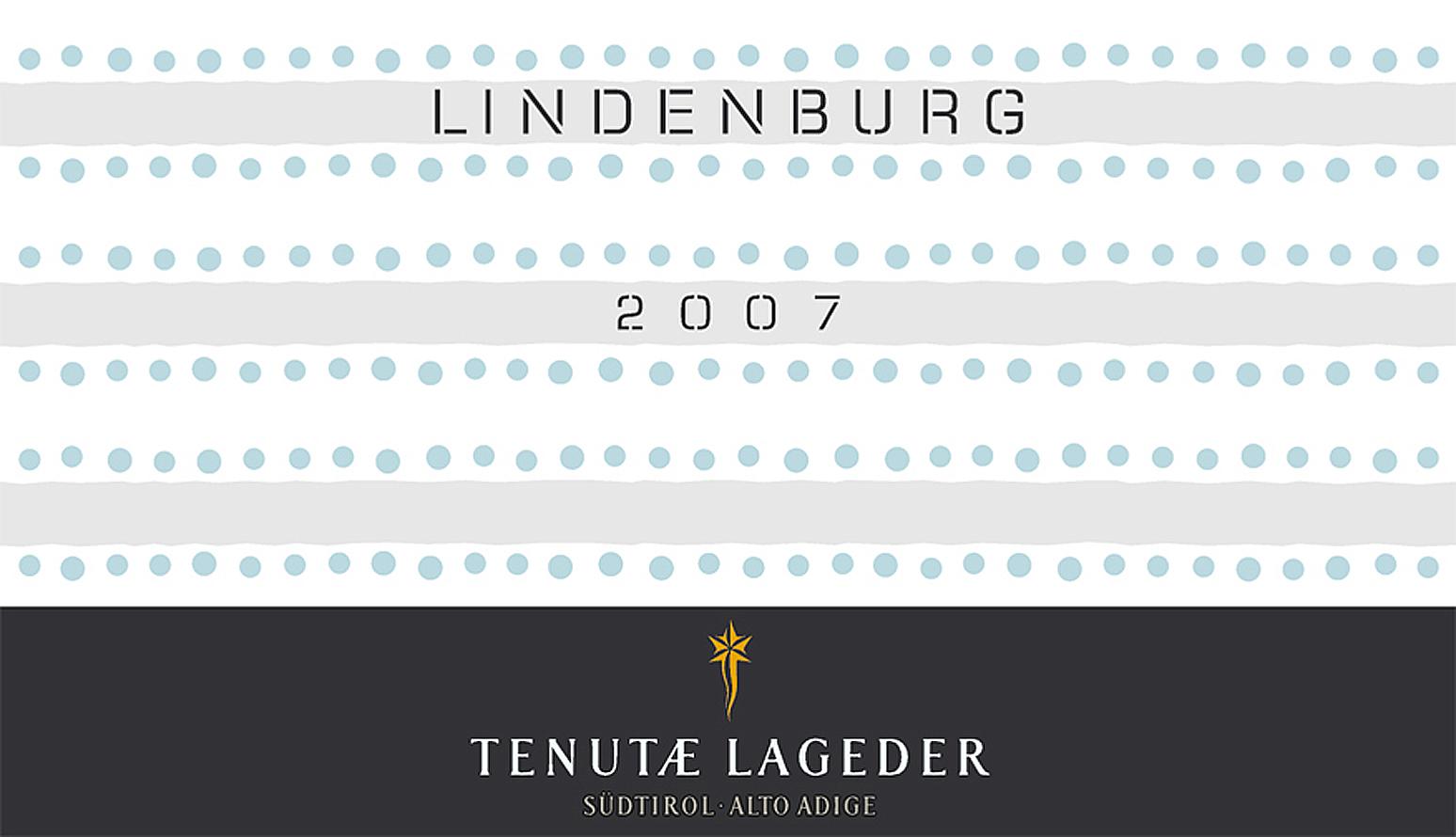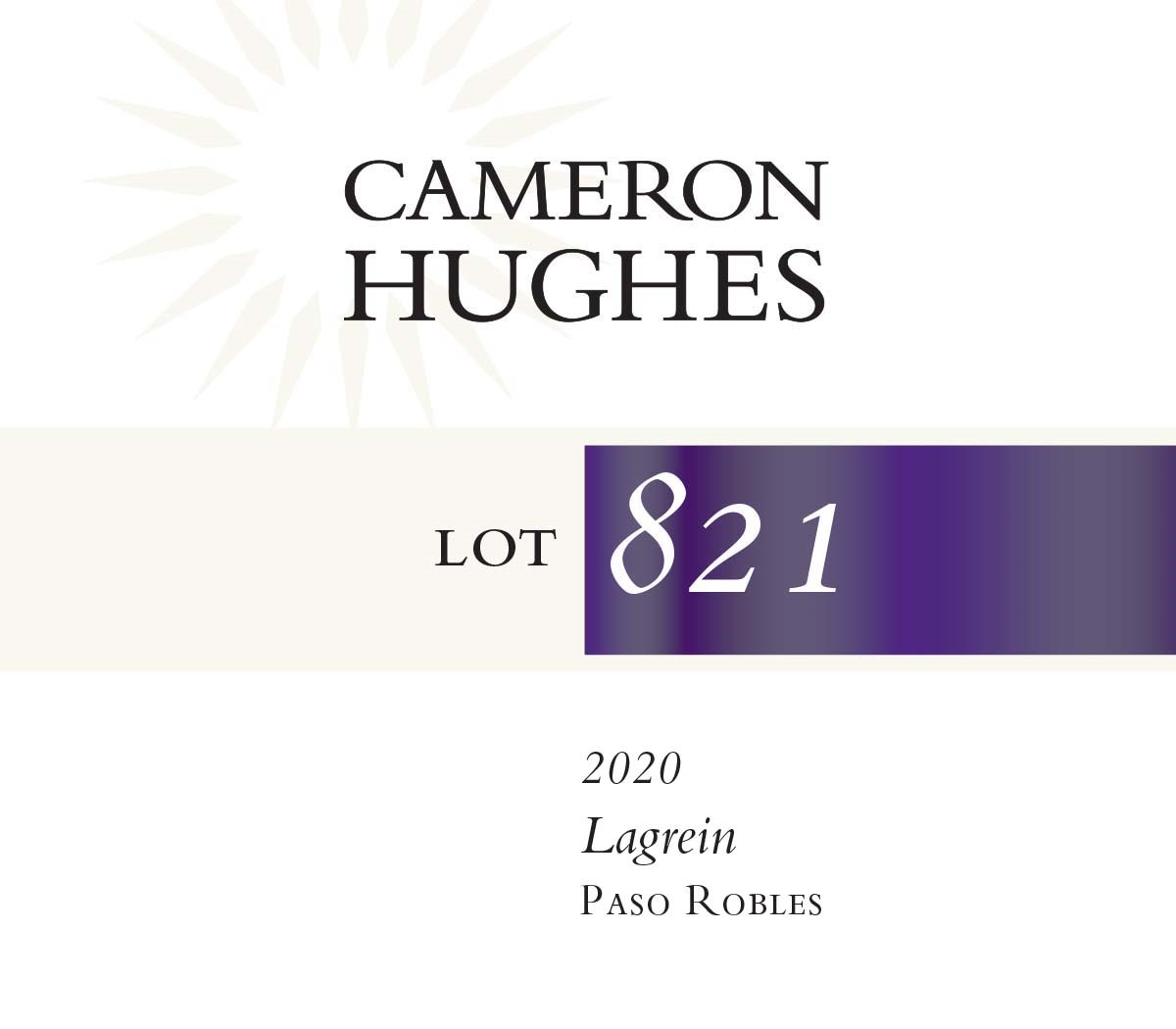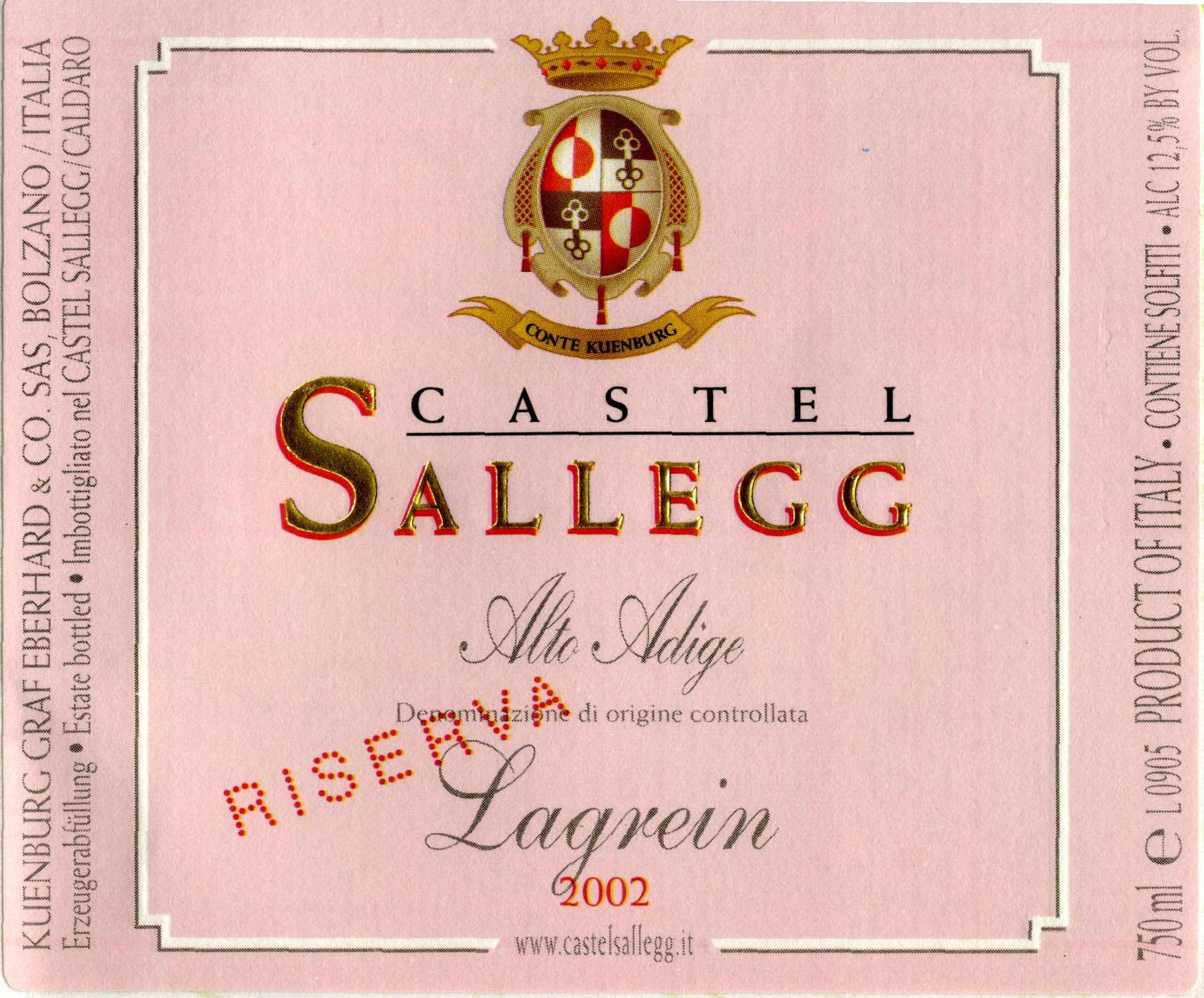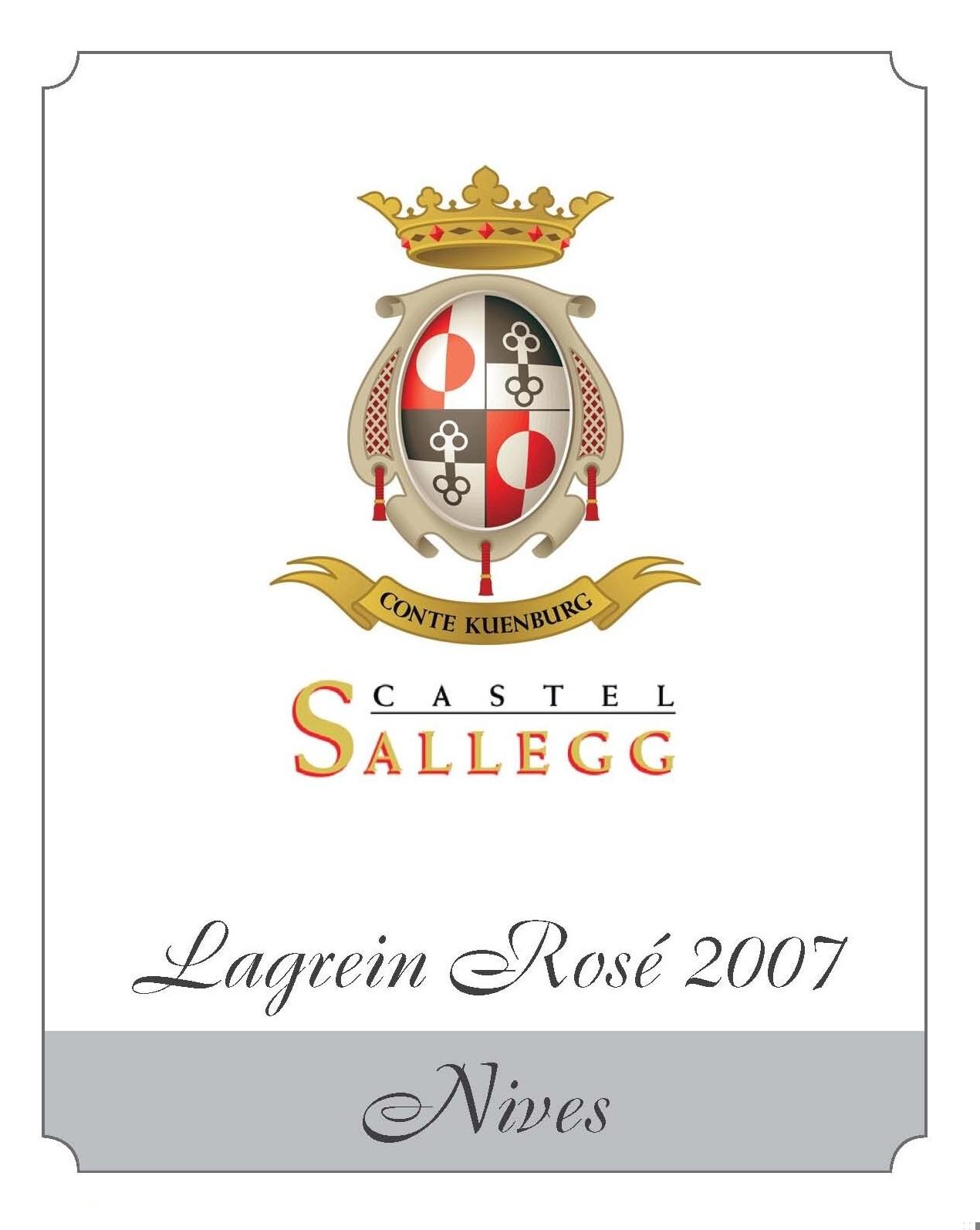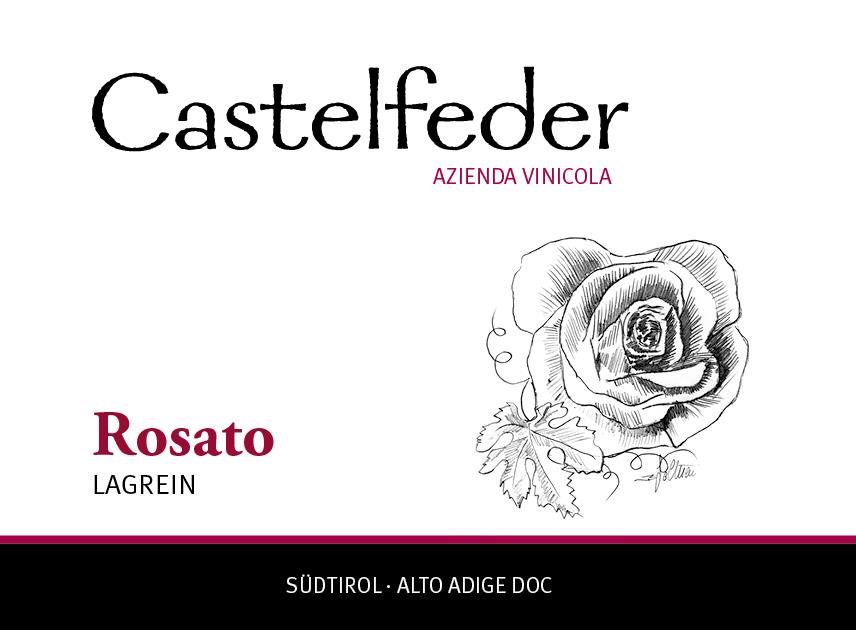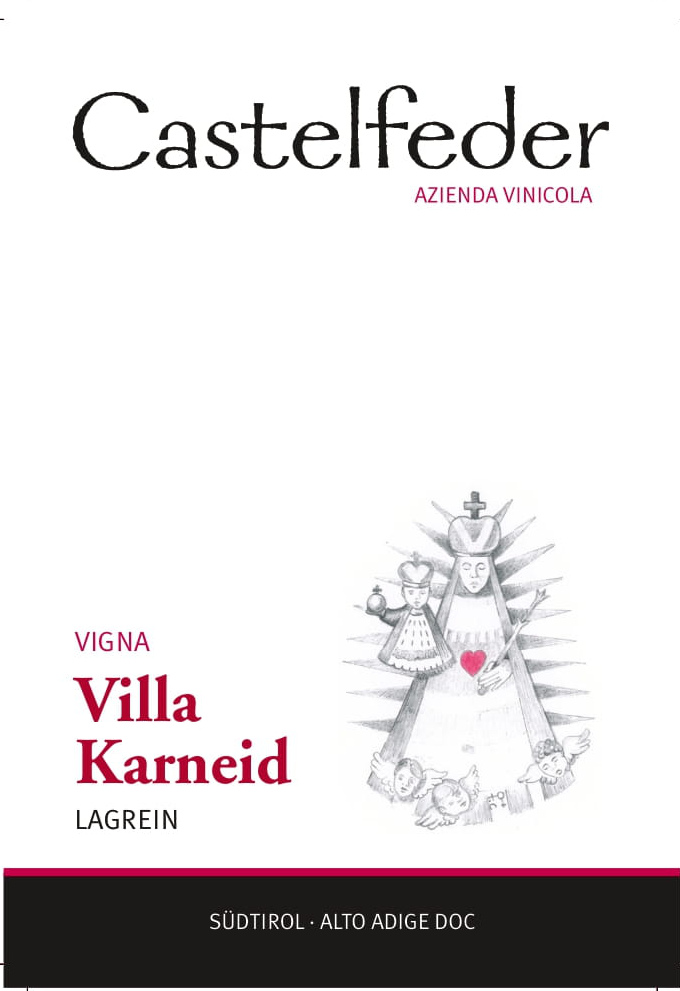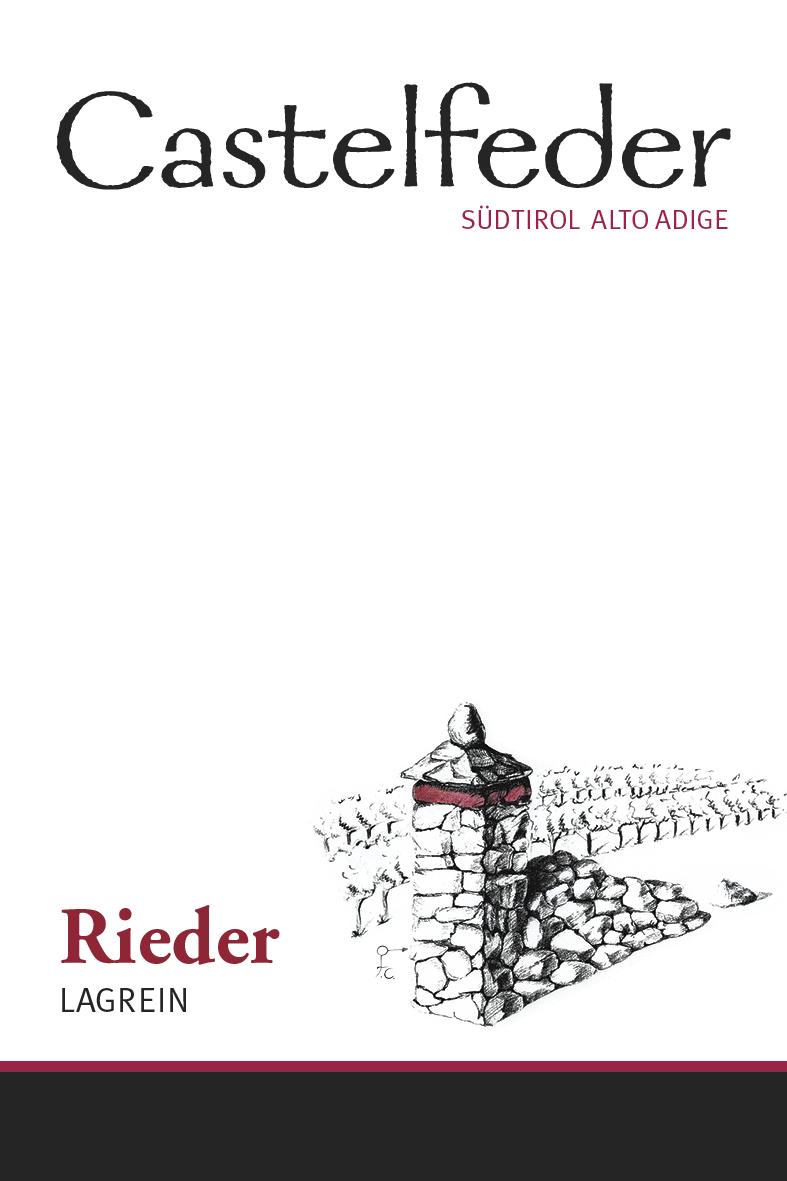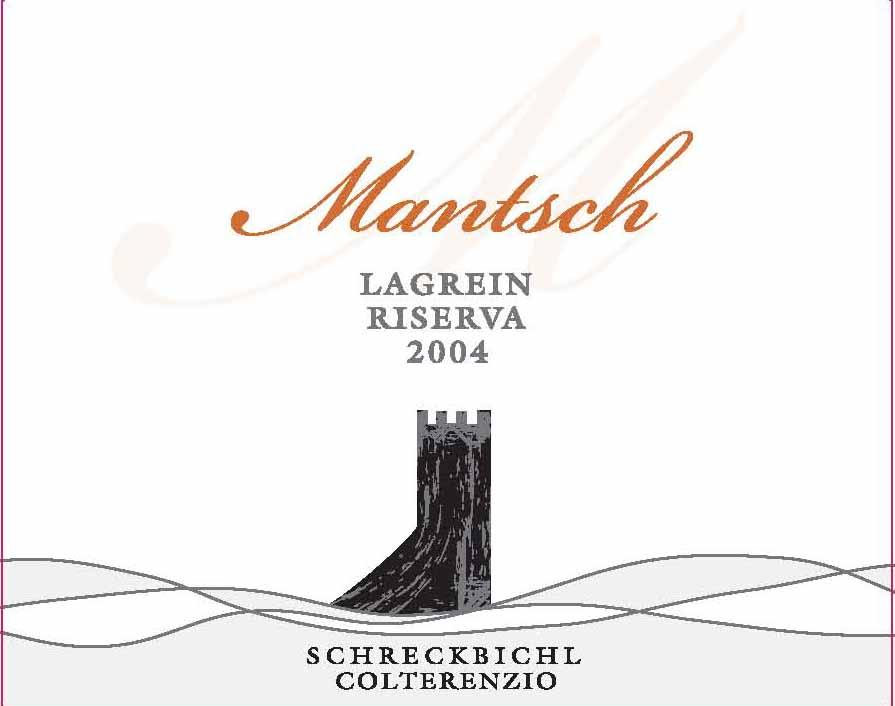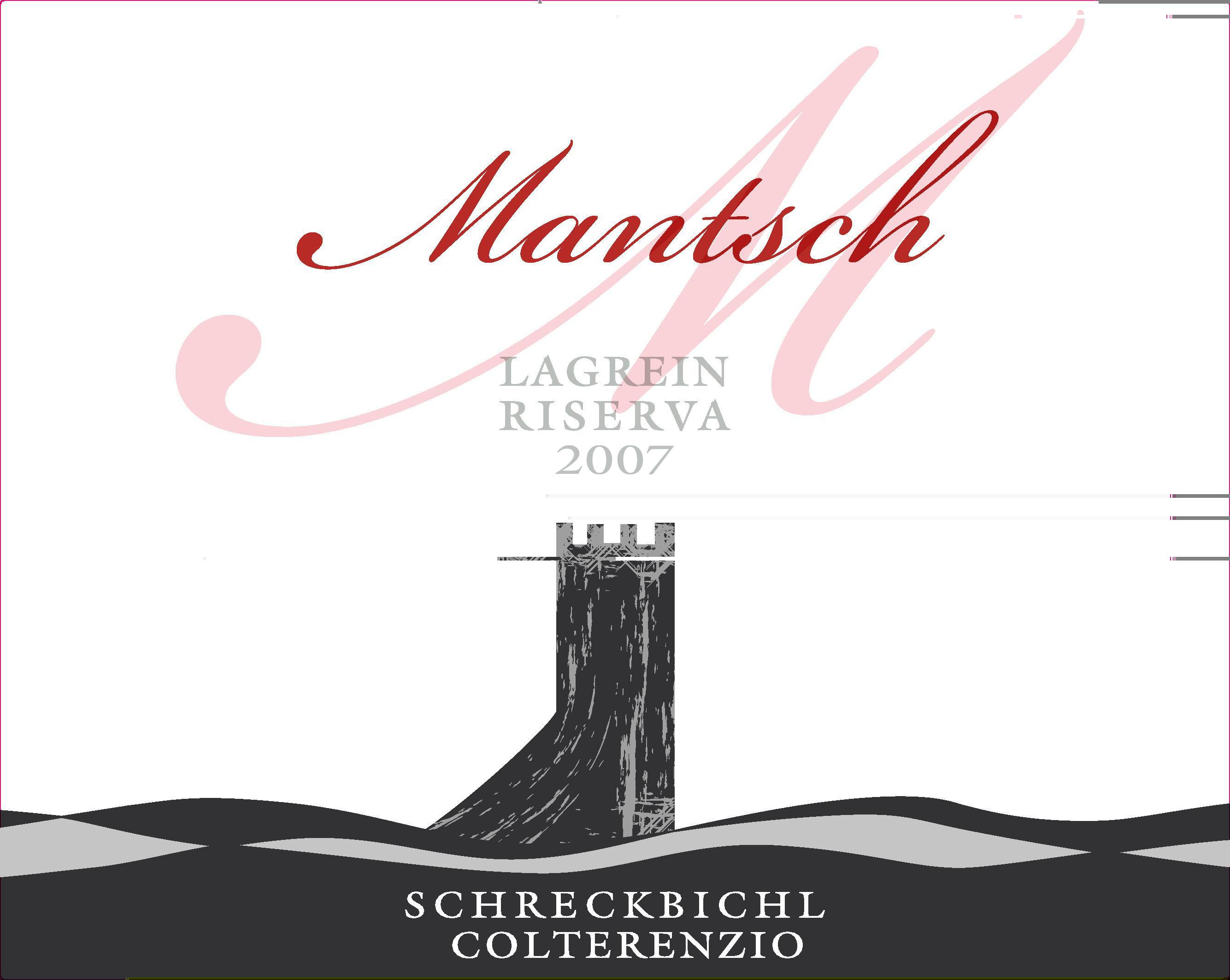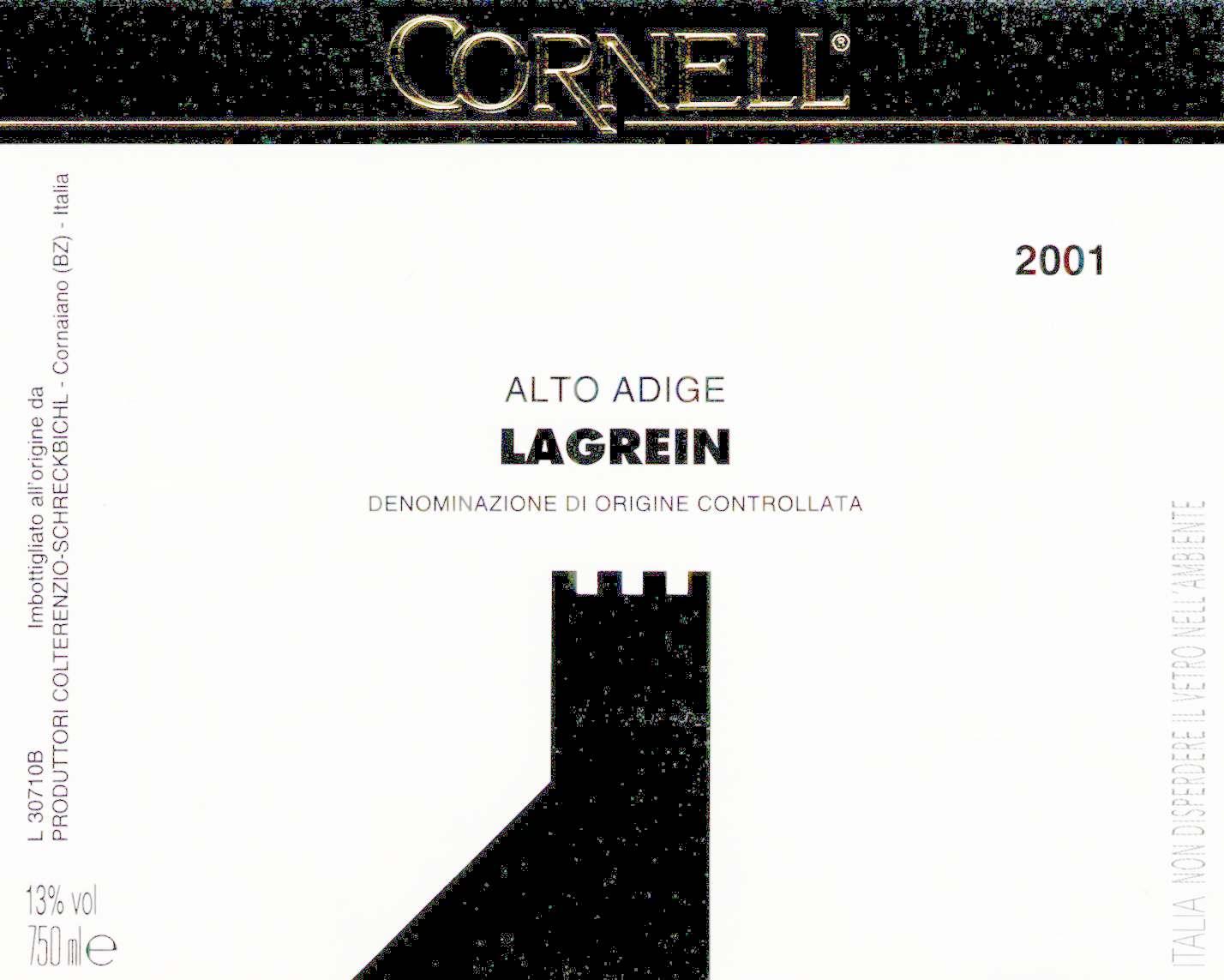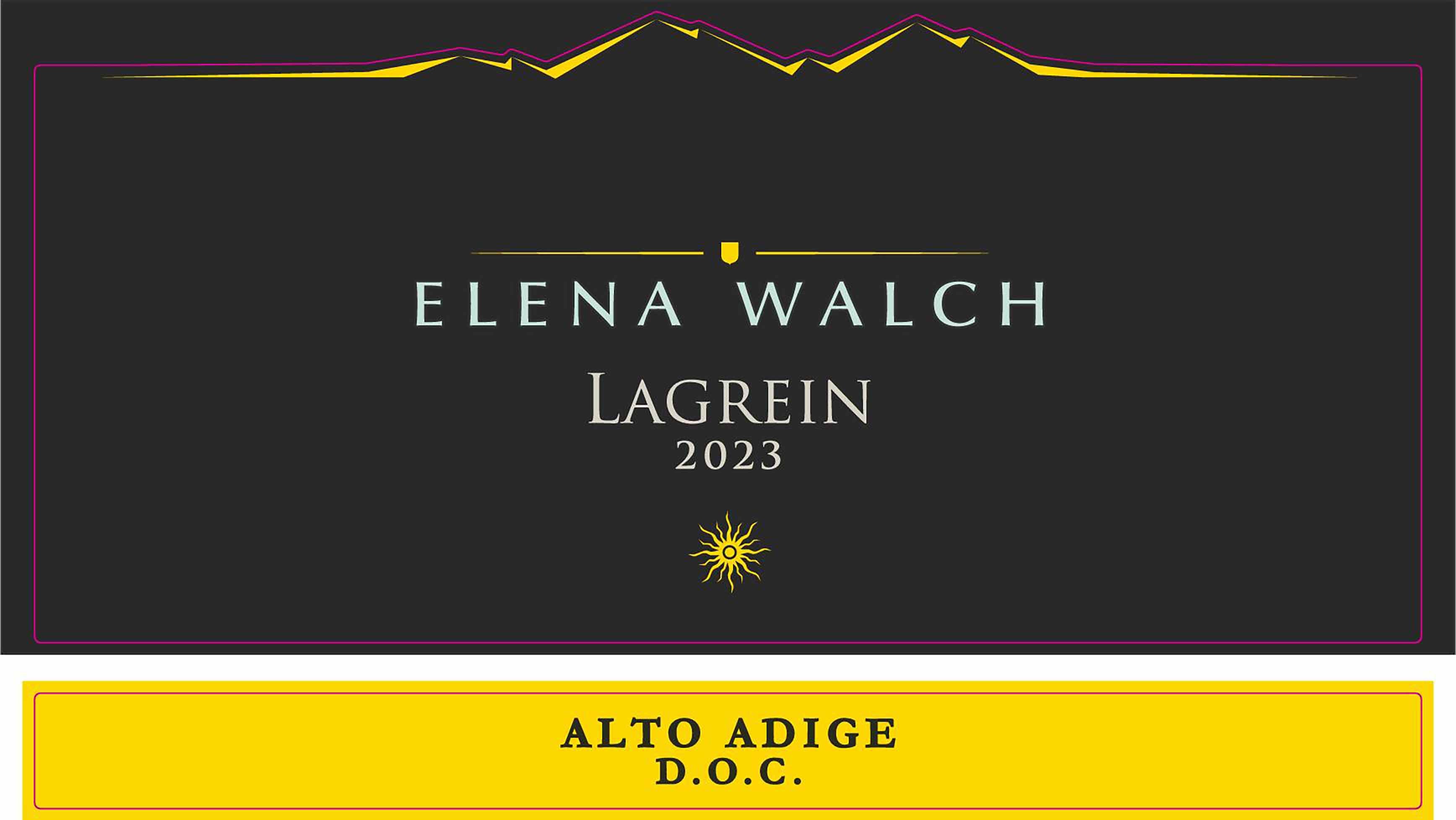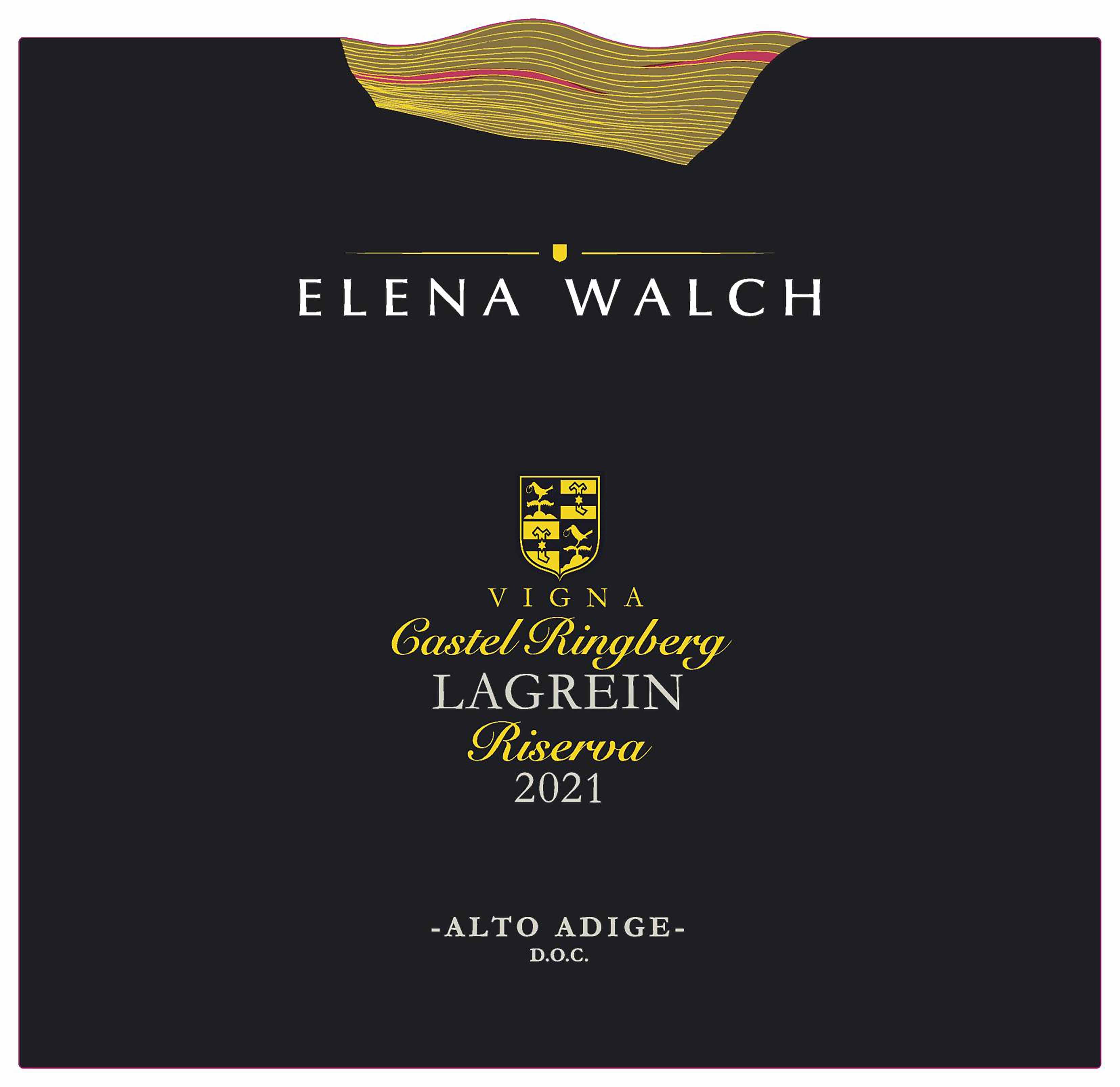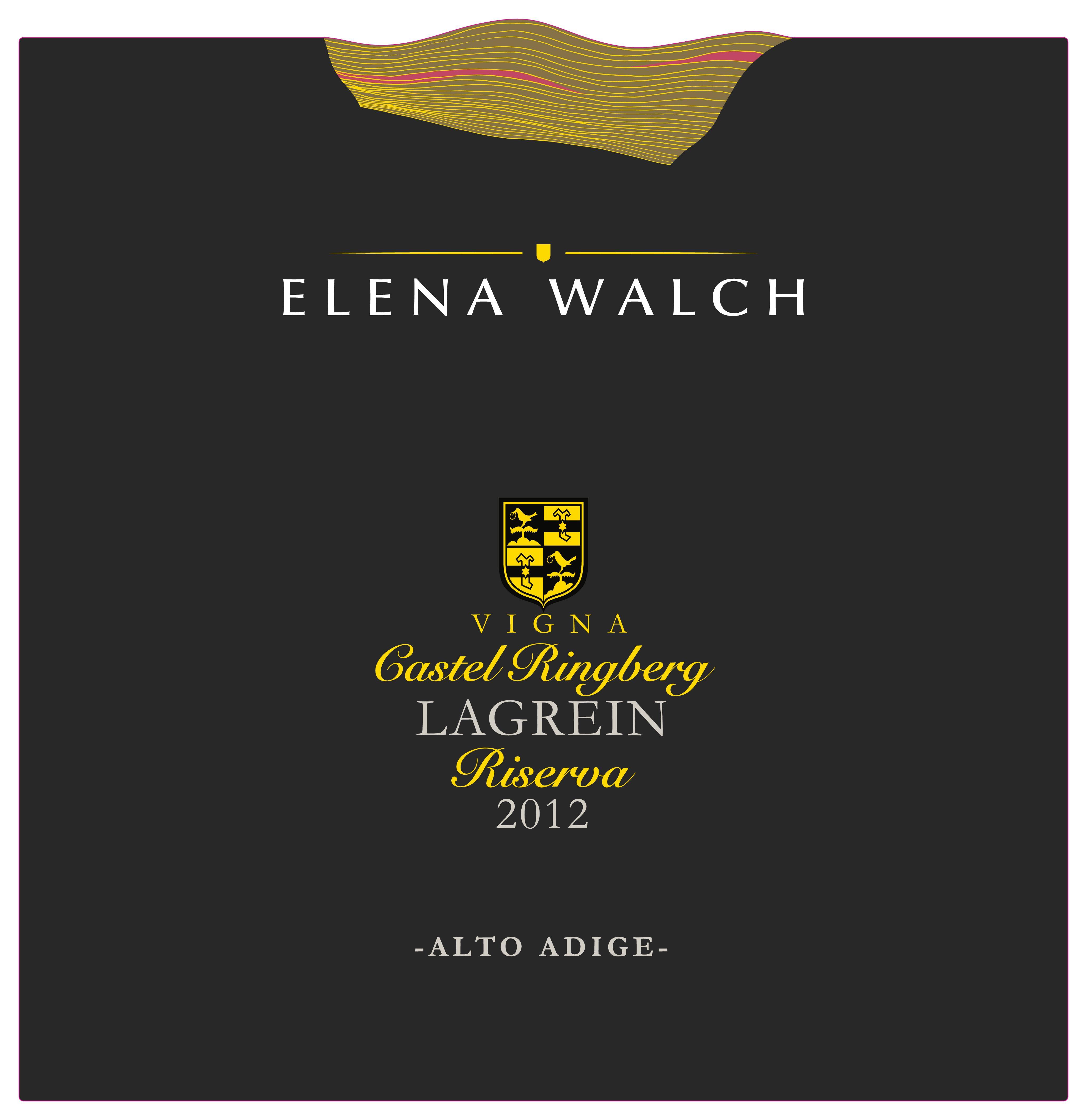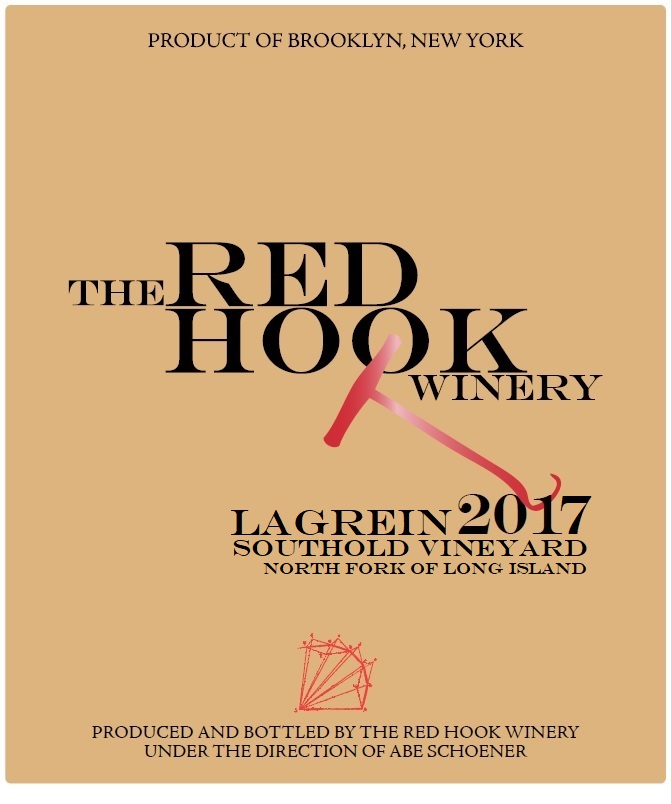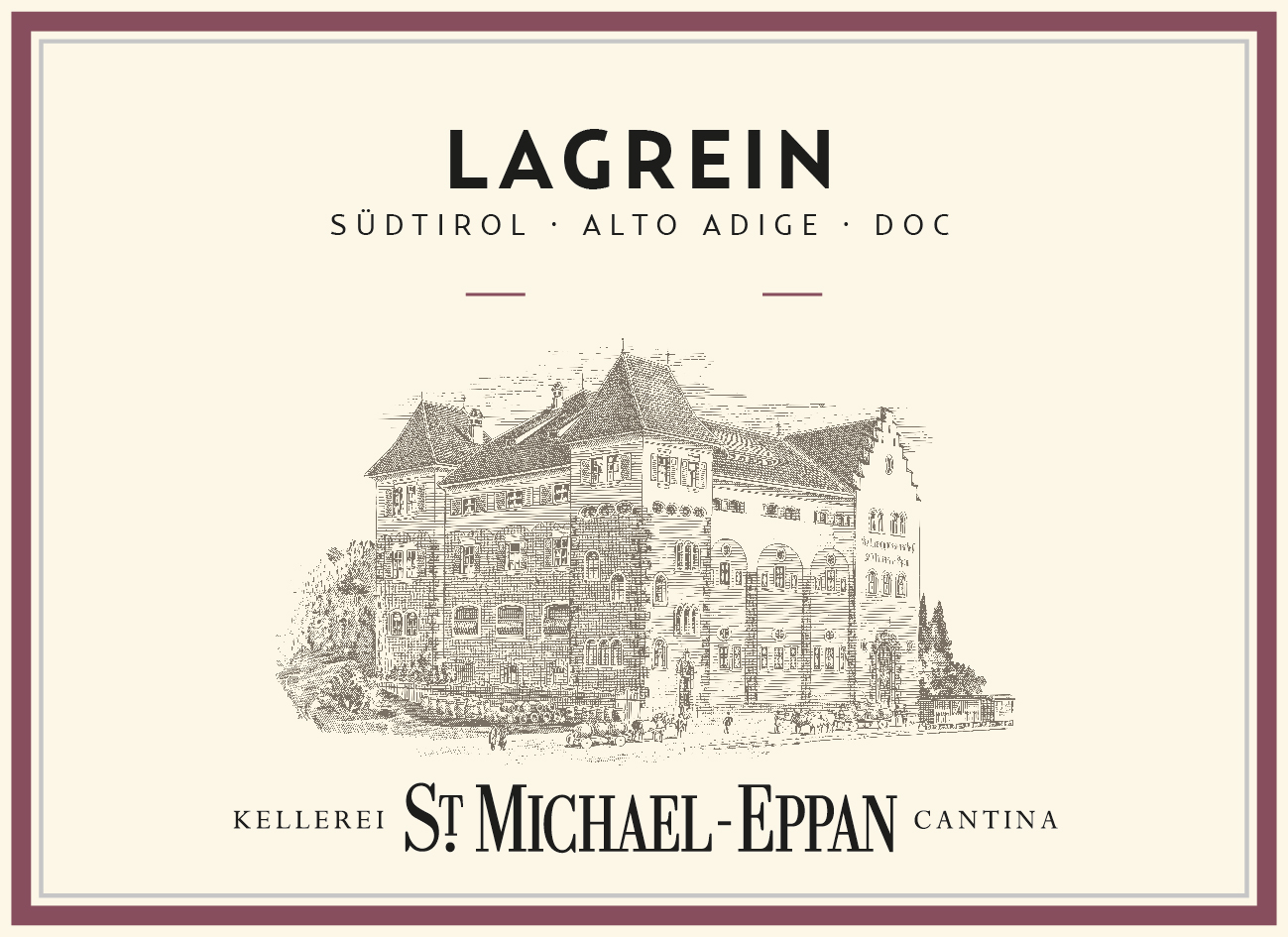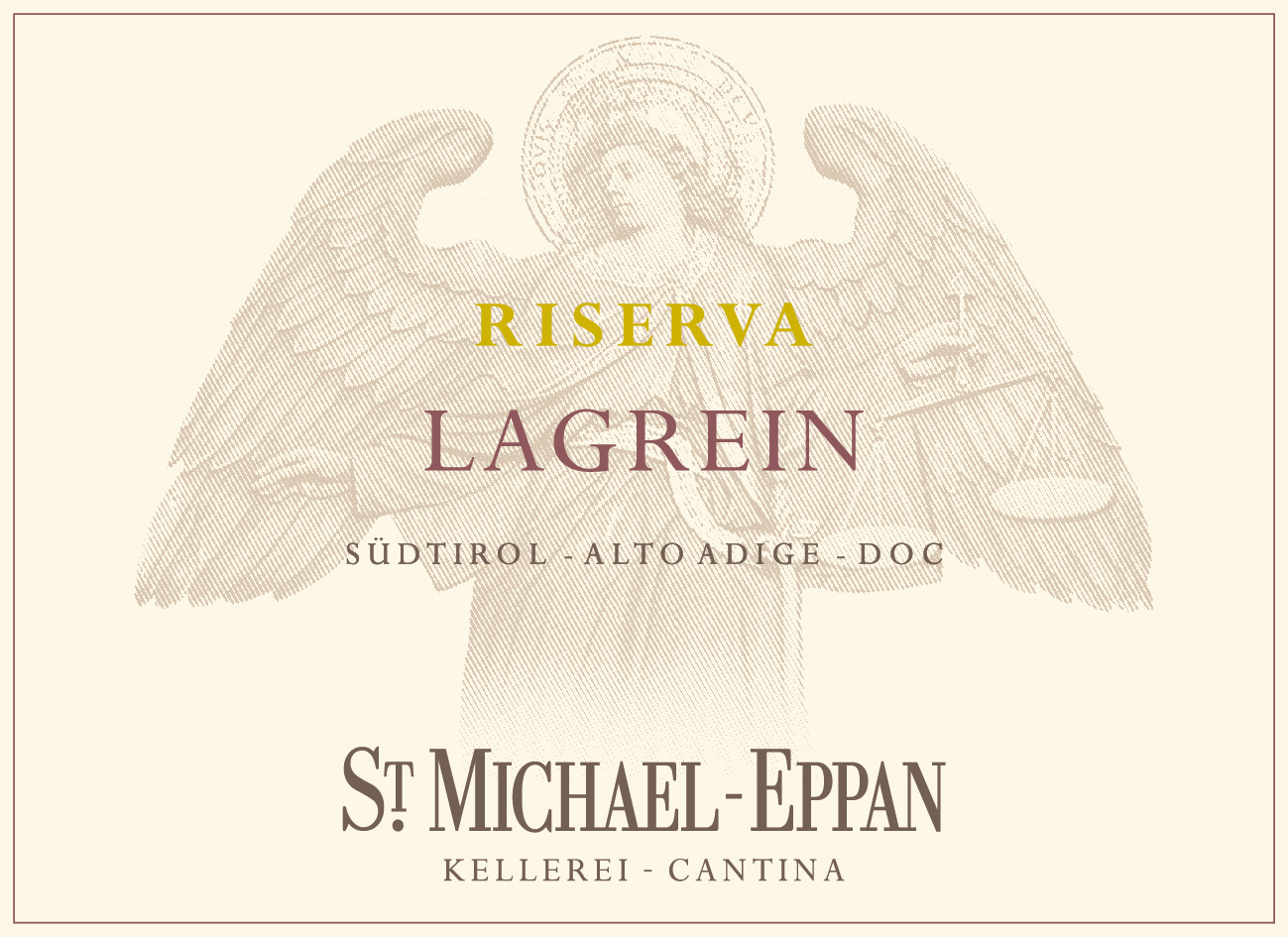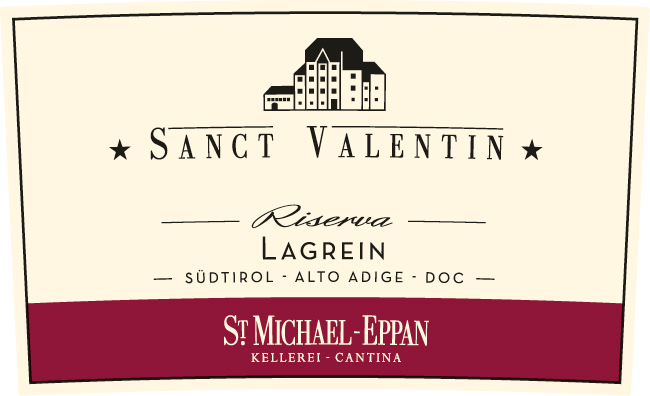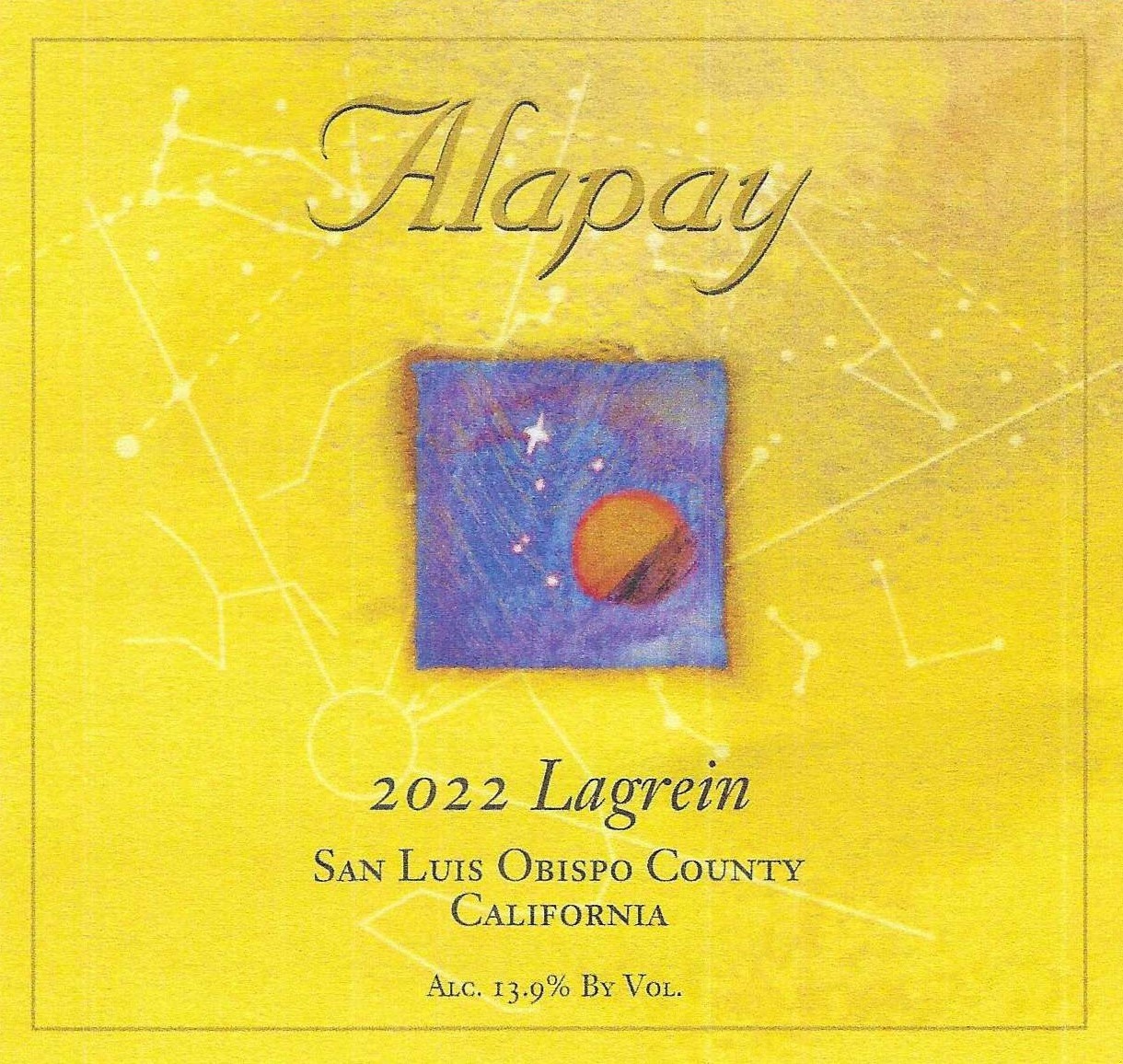Characteristics of Lagrein
Lagrein is instantly recognizable by its deep, almost inky color, often showing shades of violet or garnet in the glass. The grape’s naturally high tannins give the wine a firm structure, but with careful winemaking and a bit of age, those tannins can soften into a smooth, velvety texture.
Lively acidity runs through every sip, lending freshness and making Lagrein especially food-friendly. Despite its dark appearance, the wine often surprises with a medium to full body that feels balanced rather than heavy. Alcohol levels are usually moderate to robust, reflecting the grape’s need for warmth to fully ripen.
What Does Lagrein Taste Like?
Lagrein stands out for its deeply saturated ruby to inky purple hues, often with vivid violet reflections. The palate is marked by high tannins—firm and grippy in youth, evolving to a softer, velvety texture with age or oak maturation—alongside bright acidity and robust alcohol.
Oak aging can introduce notes of chocolate, cocoa, coffee, vanilla, and leather, while the finish may reveal characteristic bitter cherry or almond nuances. In rosato form, Lagrein offers a lighter body, brisk acidity, and flavors of cherry, raspberry, strawberry, and pomegranate, finishing clean with a subtle, refreshing bitterness.
Notable Region Lagrein Grows In
The unique character of Lagrein is deeply shaped by the region where it’s grown, with each area imparting its own signature style to the grape.
-
Alto Adige/Südtirol, Italy: The historic heartland, where warm valley floors and alluvial soils in Bolzano and Gries produce classic, structured Lagrein with vibrant acidity and refined tannins.
-
Australia (Victoria & South Australia): Cooler regions like the Macedon Ranges and Adelaide Hills yield medium-bodied, spicy Lagrein, while warmer sites such as the Riverland often use the grape in blends.
-
California, USA: Select microclimates on the Central Coast, including Paso Robles and Santa Ynez Valley, create bold, fruit-driven Lagrein with a New World twist.
-
Oregon, USA: With its cool climate, Oregon produces balanced Lagrein that emphasizes freshness and bright fruit, echoing some of the variety’s Old World finesse.
Lagrein Food Pairings
Lagrein is a versatile wine that pairs beautifully with a wide variety of dishes, whether you enjoy it as a bold red or a refreshing rosé.
-
Red Lagrein (Dunkel/Scuro): Its firm tannins and earthy flavors shine with grilled ribeye, roast lamb, venison, or classic Tyrolean goulash, and it also complements aged cheeses like Gruyère, Comté, or Piave Vecchio.
-
Lagrein Rosé (Kretzer/Rosato): With its bright acidity and delicate fruit, this style is perfect for seafood platters, grilled trout, fresh salads, and creamy cheeses such as brie or goat cheese.
-
For a true Alto Adige experience: Savor red Lagrein with hearty local fare like Speck and game stew, or enjoy the rosé with river fish, fresh cheeses, and cured meats alongside sauerkraut.


